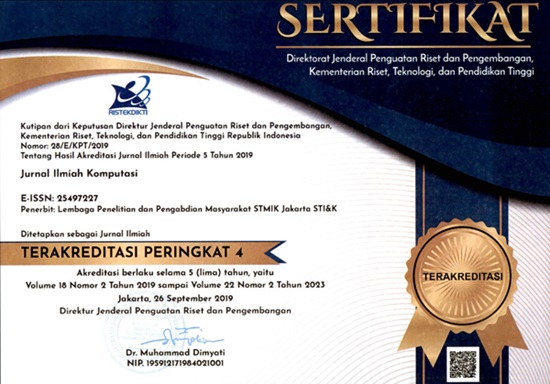Study of Matrix Inversion in MATLAB and Cramer's Rule on Electrical Circuits
 :
:
https://doi.org/10.32409/jikstik.24.2.3780
Abstract
Understanding the principles of physics, especially in a 2-loop electrical circuit, requires applying Kirchhoff's Laws to form a system of linear equations. While substitution-elimination methods are commonly used to solve these systems, they become inefficient when dealing with more than three variables. As an alternative, Cramer's Rule, which involves using matrix determinants and the cofactor method, proves to be more effective, particularly for larger systems. The research shows that both Cramer's Rule and the matrix inversion method produce consistent results for current calculations. The current values obtained from the first and second circuits match those calculated using the cofactor method. These techniques are not limited to electrical circuits; they can also be applied in other engineering fields, such as dynamic systems analysis and mechanics. A solid understanding of Cramer's Rule, cofactors, and matrix inversion is essential for analyzing both physical and engineering systems. In the first circuit, the results are i₁ = 0.25 A, i₂ = 2.5 A, and i₃ = 2.75 A, while in the second circuit, the results are i₁ = 1 A, i₂ = 2 A, and i₃ = 1 A.
Downloads
Downloads
Published
How to Cite
Issue
Section
 Abstract View: 0 times
Abstract View: 0 times








